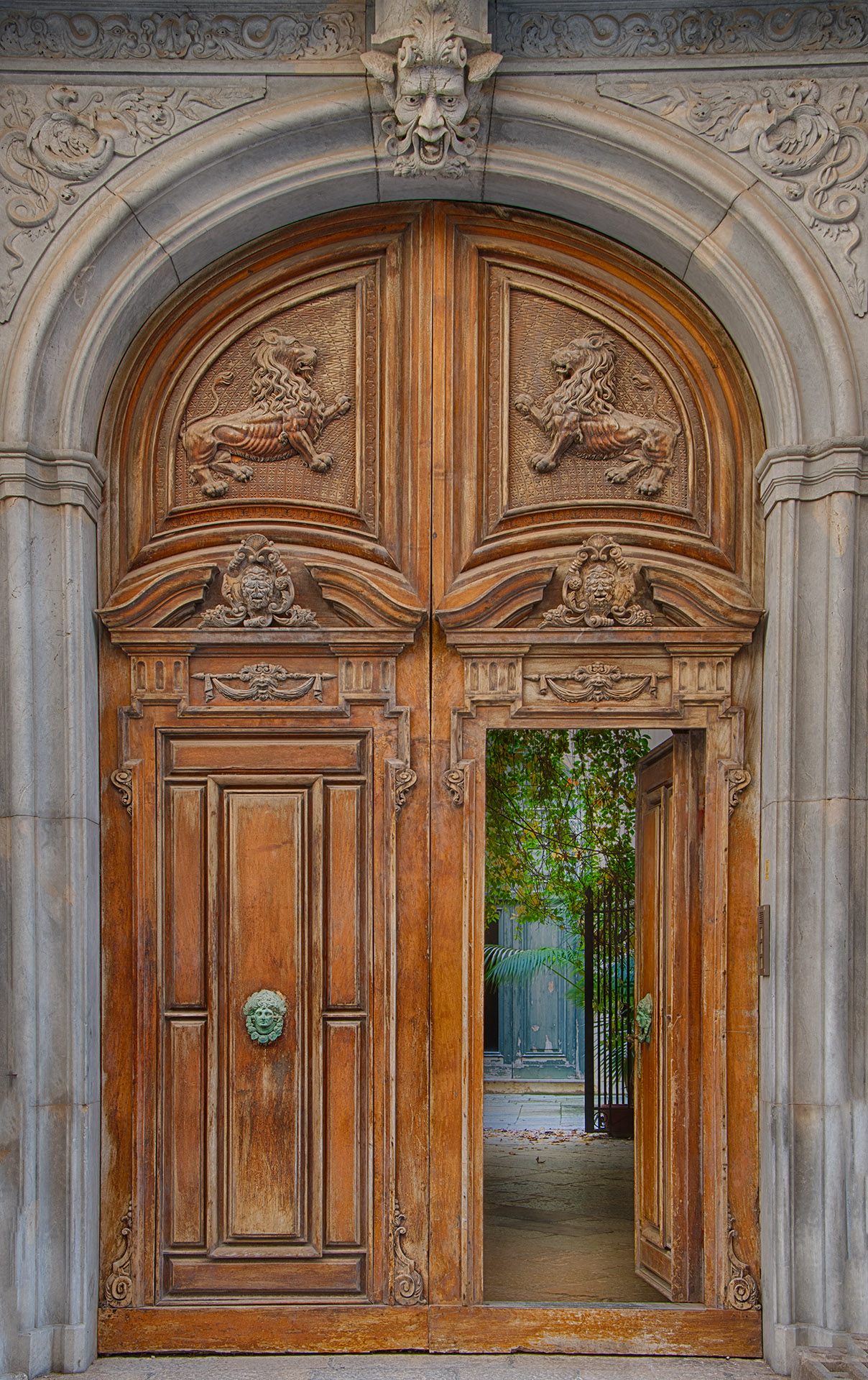On my way into Trapani, a refugee from my hotel in Palermo, I pulled the car over to stop at a MacDonald’s on the outskirts of town to take advantage of their more-or-less public bathrooms. As those who are strangers in a strange land and at home abroad know, it is wise, as my Mom used to put it, to “Never miss a chance to p*ss”—and American chain stores tend to have the best readily available facilities.
Trapani is a dusty, mostly decaying seaport and provincial capital on the western end of Sicily. The population is about 70,000, with not much in the way of industry beyond fishing, canning the fish, and salt harvesting. It’s also an important ferry port, with routes to the Egadi Islands, Sardinia, Tunisia, Naples, and beyond. Tourism is of course also a significant revenue source, although tourists were not much in evidence in November despite the blue skies and wonderful, warm weather.
The city dates back to antiquity, when it was established by the Greeks as the port for nearby Erice, which perches on a mountain above Trapani (more on Erice in a future story). The Carthaginians conquered Trapani, and then were forced to cede it to the Romans in 241 BC, following the First Punic War. Succeeding rulers included Vandals, Ostrogoths, Byzantium, Arabs, and the Normans; the city flourished under the Normans as one of the primary Mediterranean ports used by the crusades.
In modern times, the elegant buildings along the vast, sickle-shaped harbor fell into various states of disrepair. I parked my car in the central town square, and enjoyed the long walk out to the end of the fortified jetty along the seafront esplanade, through back alleys, narrow winding labyrinthine streets, and elegant interior streets, many closed to vehicular traffic.

Many of the buildings in Trapani are designed around an interior courtyard that is barely seen from outside. The entrances to this interior space can be formal, and grand, as the intricately detailed door shown in the accompanying photo. This image reminds me of an entrance to a secret garden: the magic that is inside is unknown, and perhaps in some sense unknowable.
Related story: Palazzo Berardi Ferro, Trapani.
Pingback: From the Files